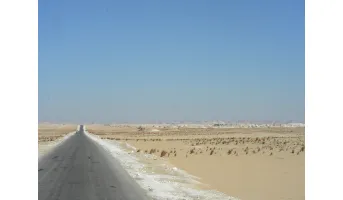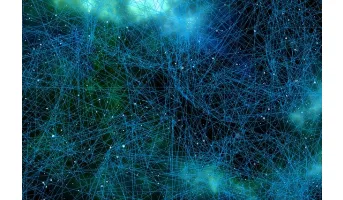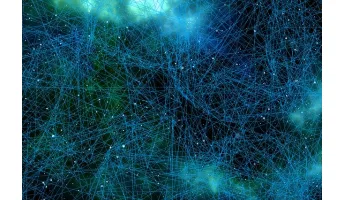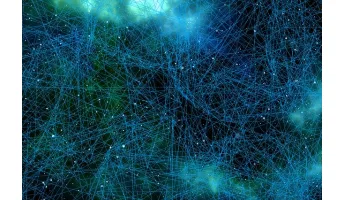![]()
Goal 7: Affordable & clean energy
Ensure access to affordable, reliable, sustainable and modern energy for all
Ensuring access to affordable, reliable and modern energy for all has come one step closer due to recent progress in electrification, particularly in LDCs, and improvements in industrial energy efficiency. However, national priorities and policy ambitions still need to be strengthened to put the world on track to meet the energy targets for 2030




![National retail diesel prices [US $ cents /litre] 2012](/ibportal/sites/default/files/styles/card_teaser_image/public/field/image/istitutional_3.jpg.webp?itok=oCh-GuCW)
![National retail diesel prices [US $ cents /litre] 2016](/ibportal/sites/default/files/styles/card_teaser_image/public/field/image/istitutional_2.jpg.webp?itok=i3kFzVyM)









































